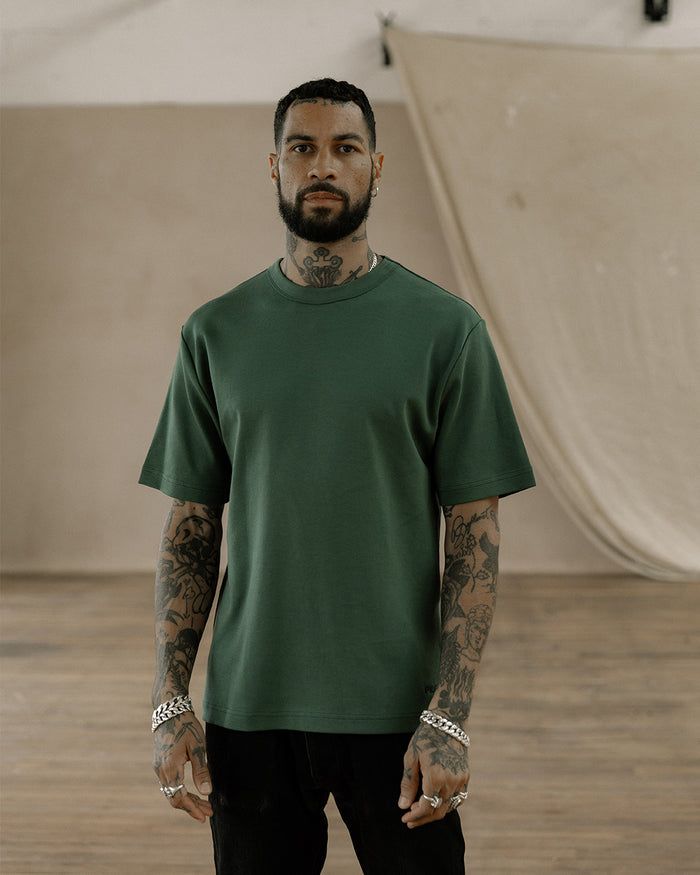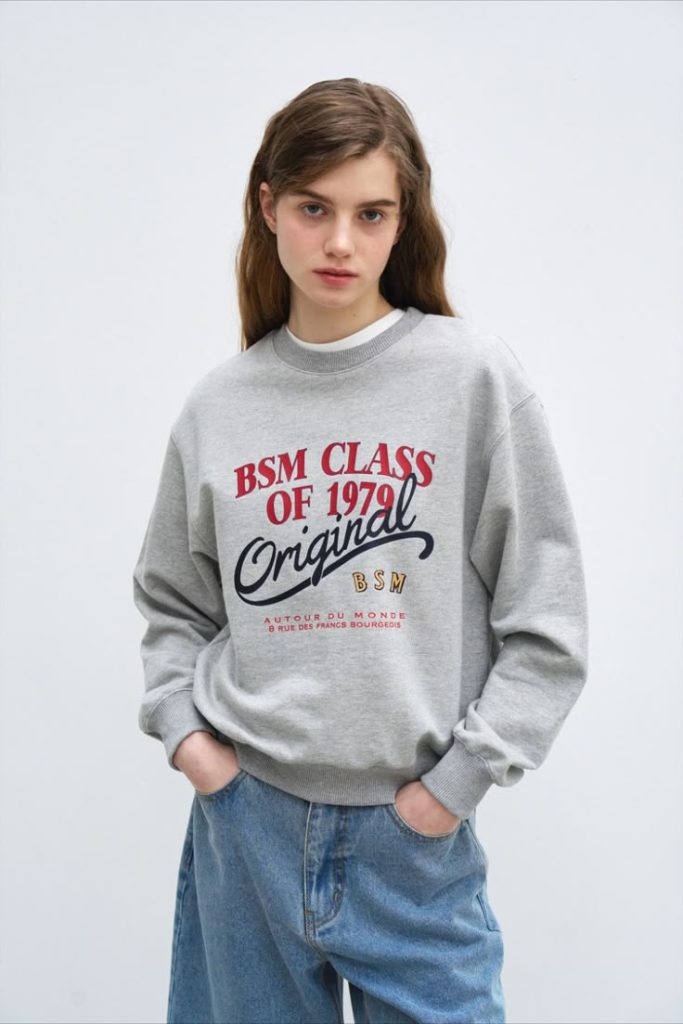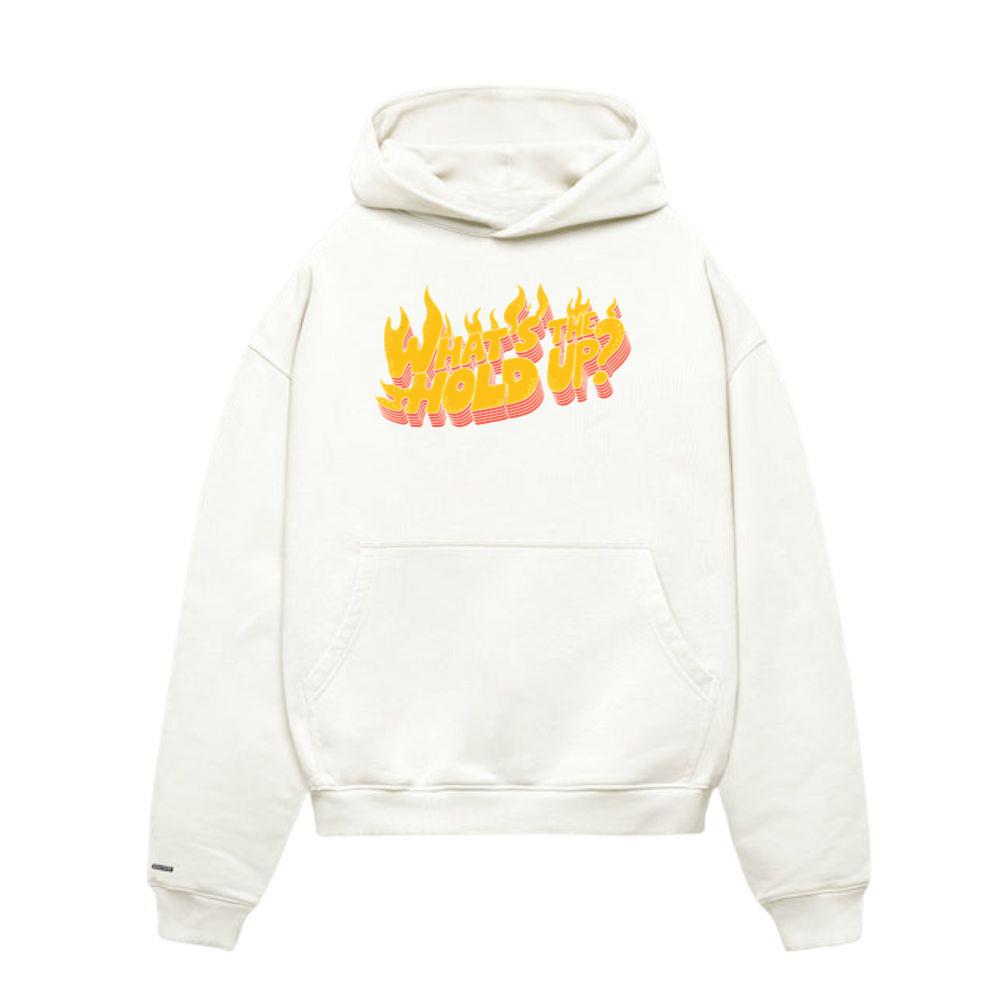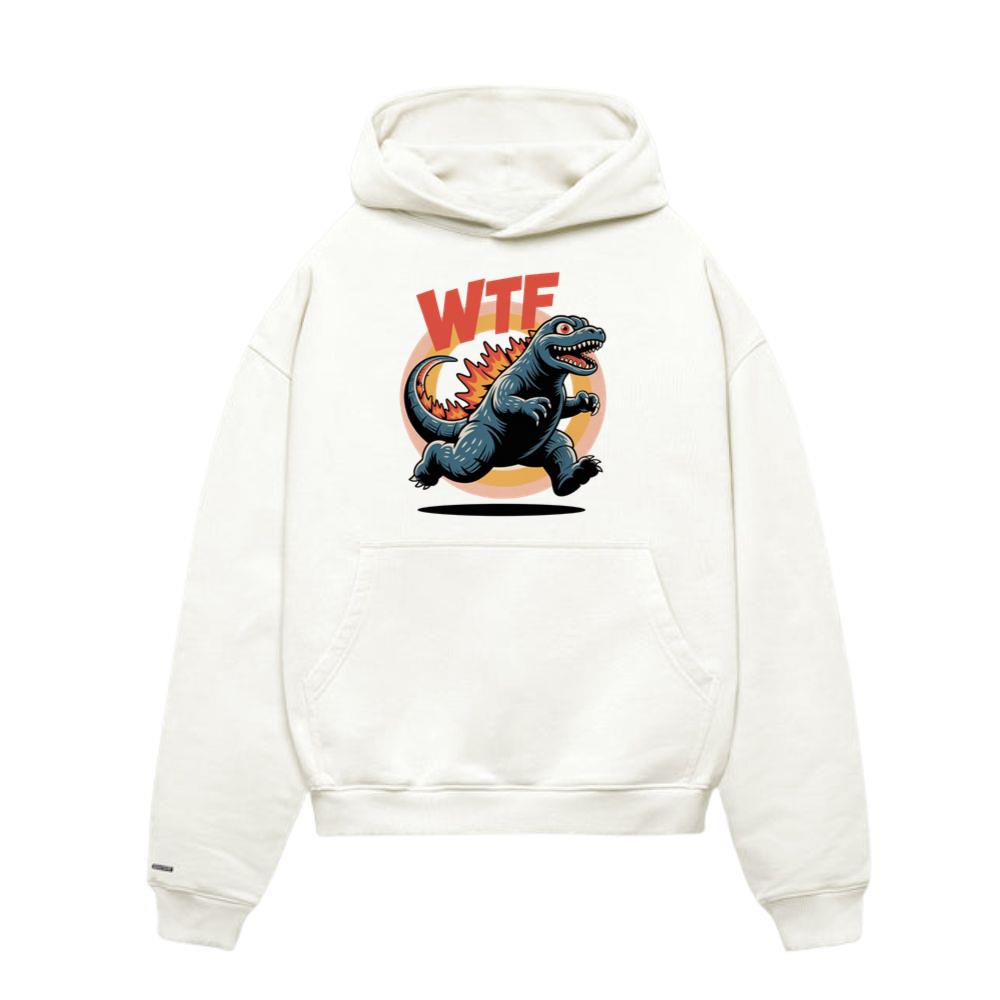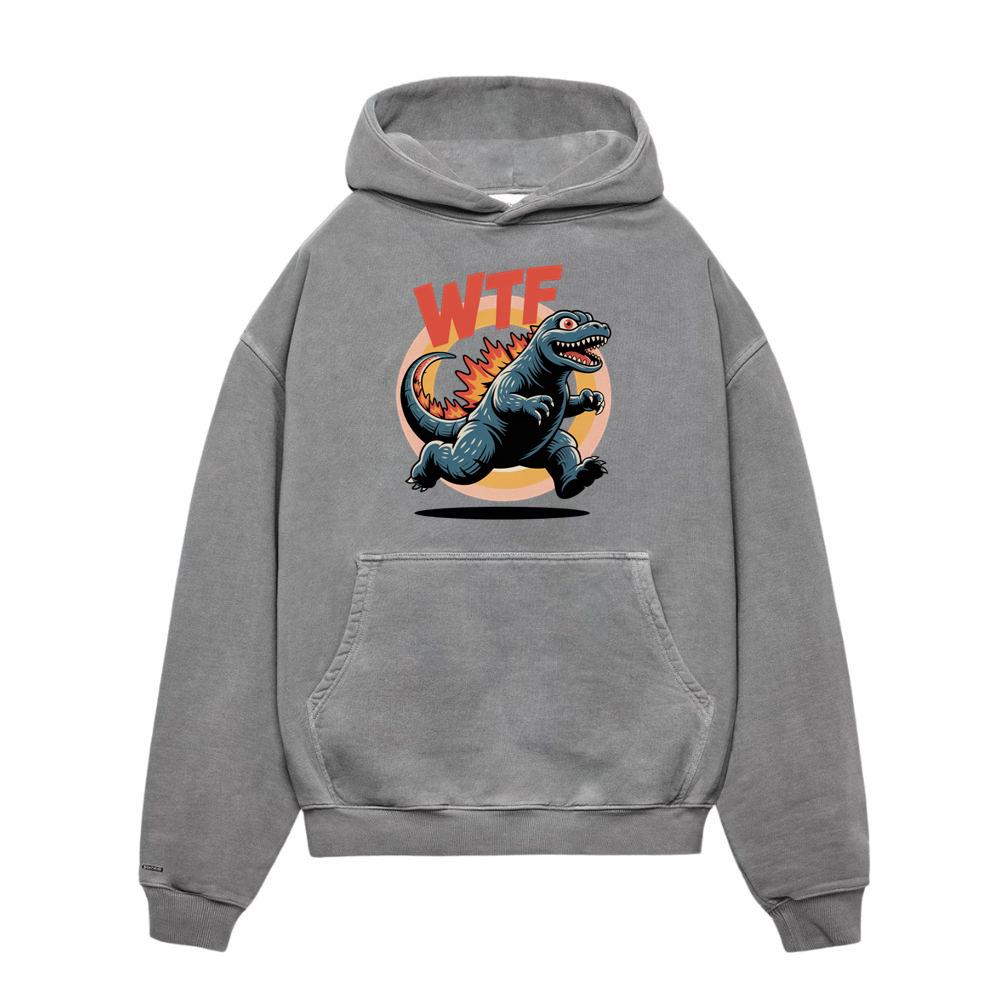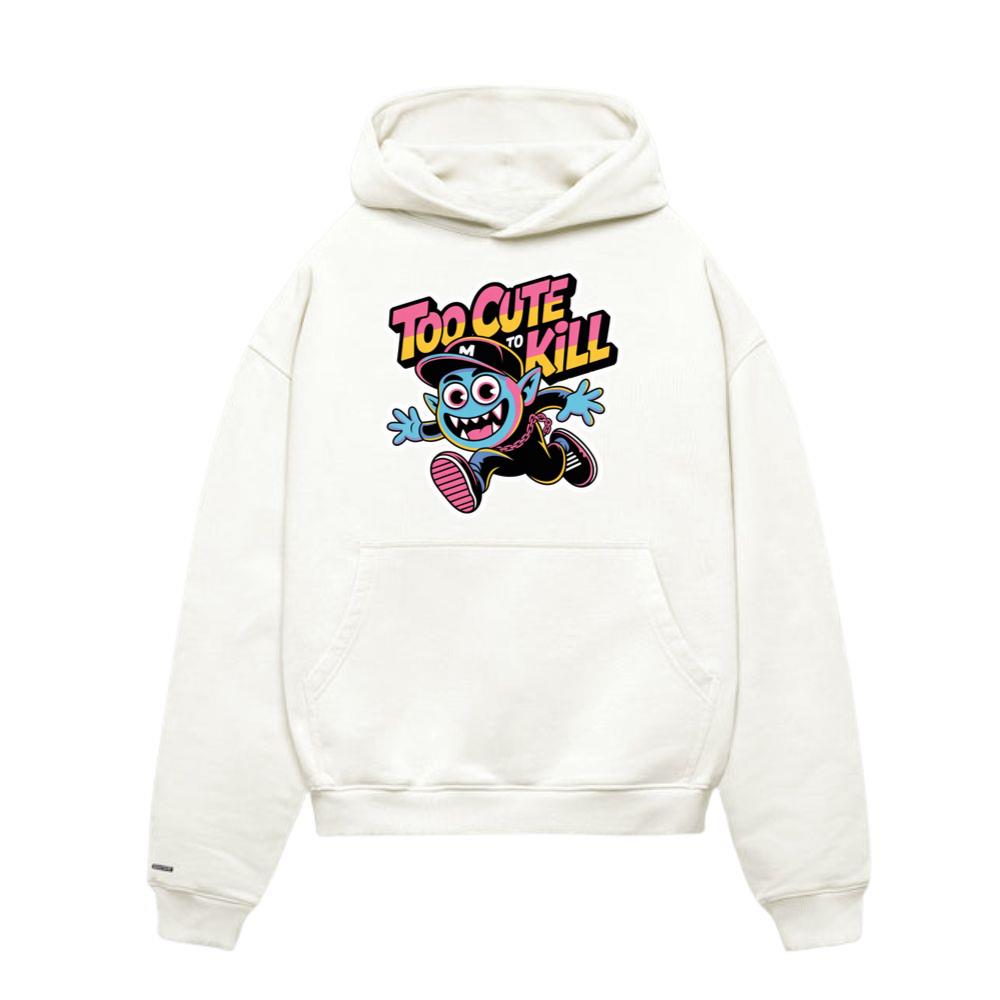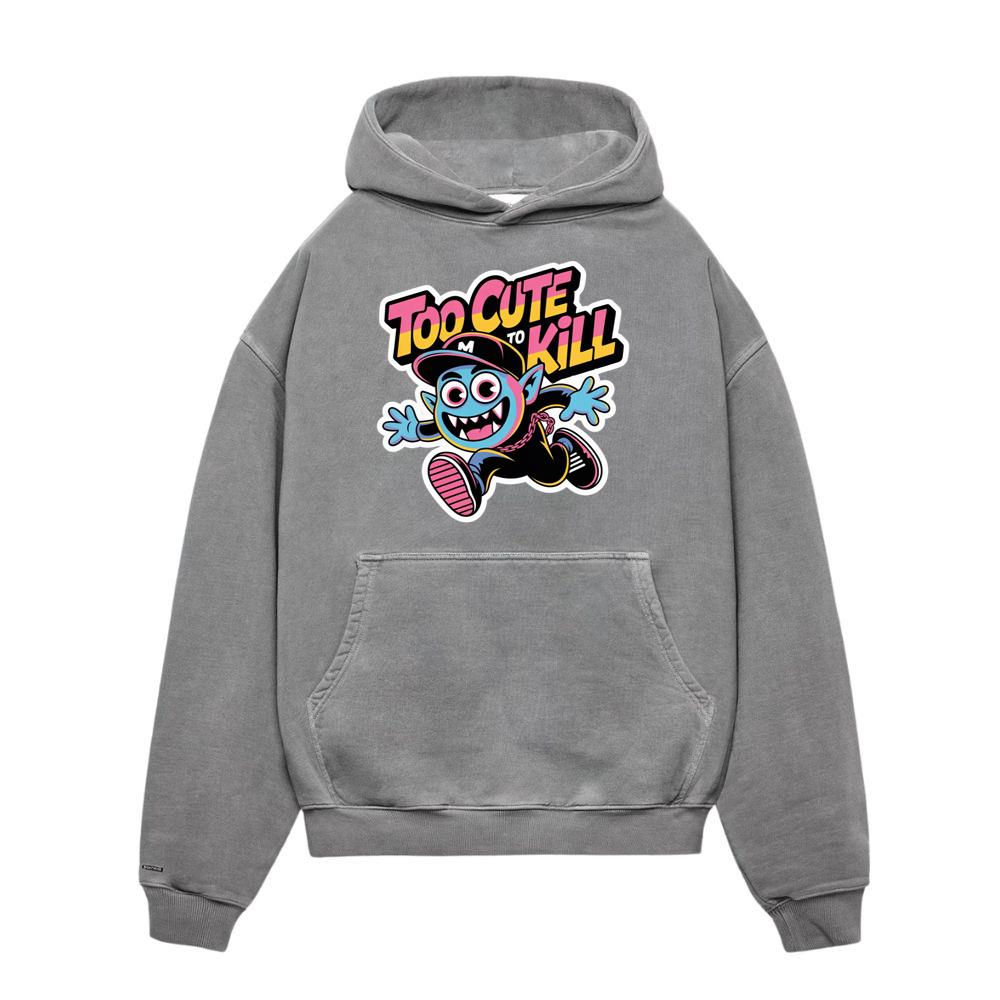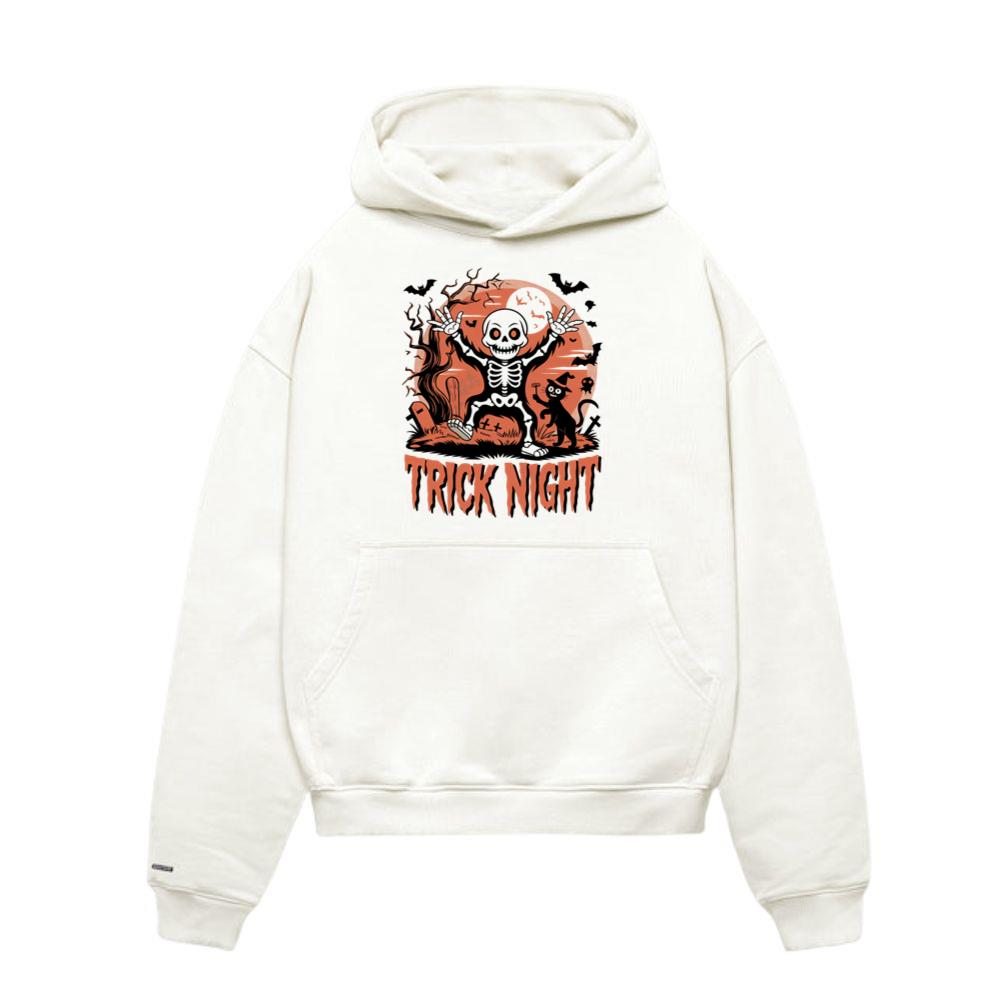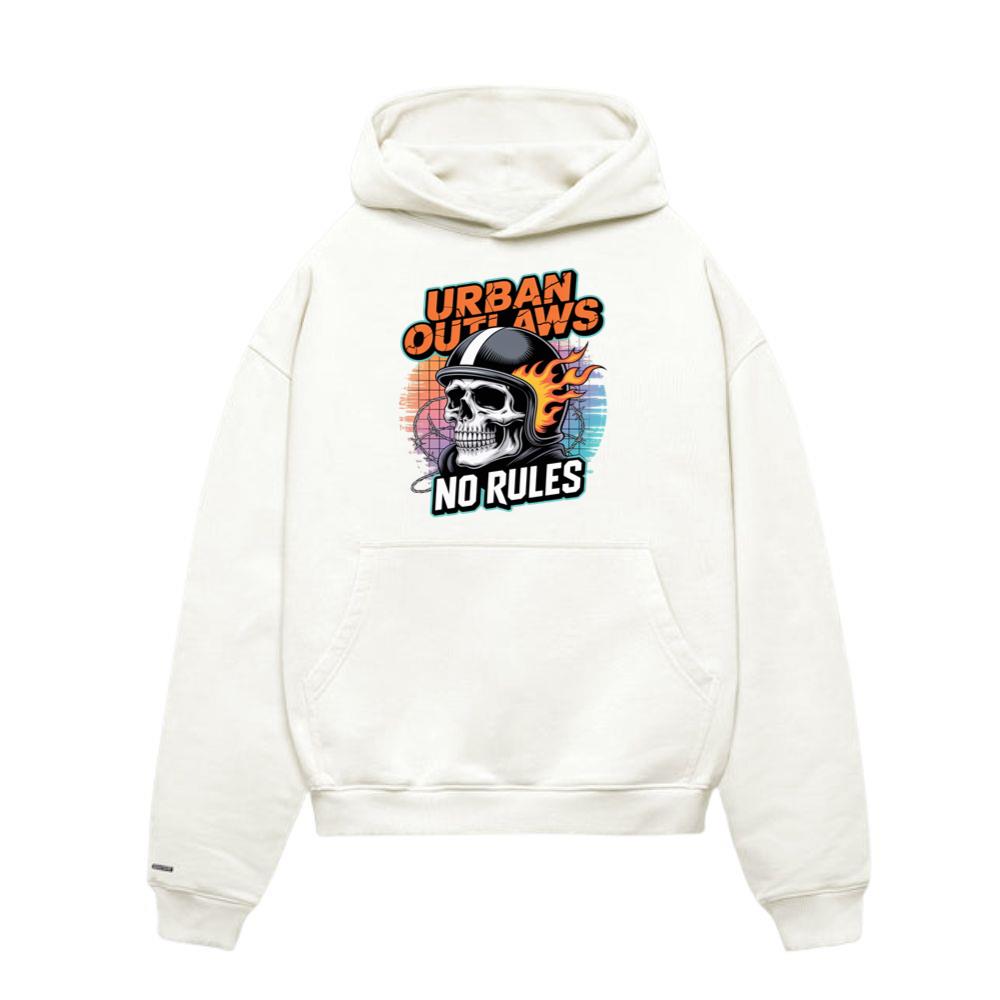Introduction
Fashion has always been more than fabric stitched into form; it is a reflection of society, a mirror of identity, and a forecast of cultural progression. Each era brings with it new codes of dressing, new silhouettes, and new narratives that respond to global currents. In 2025, the conversation around fashion is no longer confined to aesthetics alone. It now encompasses sustainability, technology, inclusivity, and the reshaping of creativity in a digitized age. To move fashion forward means to redefine not just how clothing looks, but how it functions, what it represents, and the systems through which it is made.
The notion of style for tomorrow invites us to reimagine the wardrobe as both a personal canvas and a cultural archive. It asks: How do garments evolve alongside our shifting values? What role does innovation play in making clothing more sustainable, more intelligent, and more expressive? How can the industry embrace diversity, equity, and ecological responsibility without losing the artistry that makes fashion magnetic?
This exploration of “Fashion Forward” dives deep into the currents shaping modern style. It examines how technology transforms design, how sustainability informs consumer behavior, how inclusivity redefines beauty, and how creativity thrives at the intersection of tradition and disruption. From the streets to the runways, from digital platforms to local artisan workshops, the future of fashion is being written in bold, experimental, and conscientious strokes.
The Evolution of Fashion as a Cultural Language
Clothing has always been a form of communication. Long before the rise of branded labels or seasonal collections, attire was used to signify identity, social belonging, and cultural status. What we wear communicates as much about our values and aspirations as it does about our taste. In today’s interconnected world, fashion is more democratized than ever before, yet its symbolic power has not diminished. Instead, it has expanded into new territories where expression collides with technology and global dialogue.
The idea of fashion as a language reveals why its evolution is deeply tied to cultural change. Garments in 2025 are less about conformity and more about storytelling. Designers borrow from history, remix traditions, and challenge conventional beauty standards to create collections that speak to individuality. On social platforms, everyday consumers act as translators, curators, and innovators in their own right, amplifying the voices of subcultures and redefining what “stylish” truly means.
The shift toward personal expression over mass conformity marks a radical departure from the homogenized trends of past decades. It suggests a future where fashion does not dictate but rather facilitates identity. Instead of asking “What is in style?” the new era asks “What is your style saying about you and the world you want to live in?”
Technology as the New Fabric of Style
Perhaps the most transformative force shaping tomorrow’s fashion is technology. Innovations in digital design, smart textiles, and immersive shopping experiences are altering the very nature of how clothes are conceived, produced, and consumed. Technology no longer sits on the periphery of fashion; it is woven into its core.
3D printing, once a futuristic concept, is now an accessible tool that allows designers to prototype quickly, reduce waste, and create forms impossible through traditional methods. Augmented reality has entered the retail space, enabling customers to try on clothing virtually and experience collections in interactive showrooms. Digital-only fashion, garments that exist purely in virtual environments, has found a niche audience among those exploring self-expression in the metaverse.
Wearable technology is another frontier, where garments are embedded with sensors that monitor health, regulate temperature, or adapt to environmental conditions. The intelligent wardrobe of tomorrow will not just clothe the body but actively enhance it. This fusion of fashion and function redefines what clothing can achieve, positioning it as a tool for performance, protection, and personalization.
The digital fabric revolution extends beyond physical garments. Designers now experiment with artificial intelligence to generate new patterns, predict consumer preferences, and even co-create with algorithms. Such innovations raise important questions: Where does human creativity end and machine innovation begin? How can the industry balance efficiency with artistry? These debates are shaping a new era in which technology becomes not just a utility but a co-creator in the fashion dialogue.
Sustainability as Fashion’s Moral Compass
While technology drives innovation, sustainability acts as fashion’s conscience. The environmental impact of the industry is undeniable: from water-intensive cotton production to waste generated by fast fashion, clothing has often come at a cost to the planet. The fashion of tomorrow cannot ignore these consequences—it must actively address them.
Sustainability in 2025 is not a trend but a mandate. Brands are under increasing pressure to adopt transparent supply chains, reduce emissions, and embrace circular design models. Consumers, especially younger generations, are voting with their wallets, prioritizing authenticity, and demanding accountability from the labels they support. To remain relevant, fashion houses must weave ecological responsibility into every stage of production, from sourcing to distribution.
Innovations in bio-based materials such as mushroom leather, recycled polyester, and regenerative cotton offer pathways toward greener wardrobes. Circular fashion initiatives, where clothing is designed to be reused, repaired, or recycled, are becoming the blueprint for responsible design. Beyond materials, the industry is experimenting with rental platforms, resale markets, and clothing swaps, redefining ownership and consumption habits.
The sustainability movement also intersects with ethics, emphasizing fair labor practices and community-driven design. Fashion is no longer just about beauty or comfort; it is about aligning values with aesthetics. As designers create, they are not only shaping garments but also shaping a vision of a future where fashion is in harmony with the earth rather than in conflict with it.

